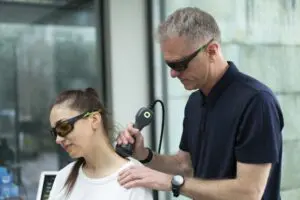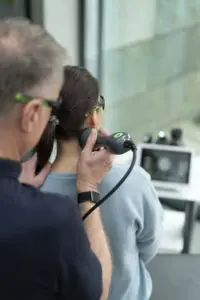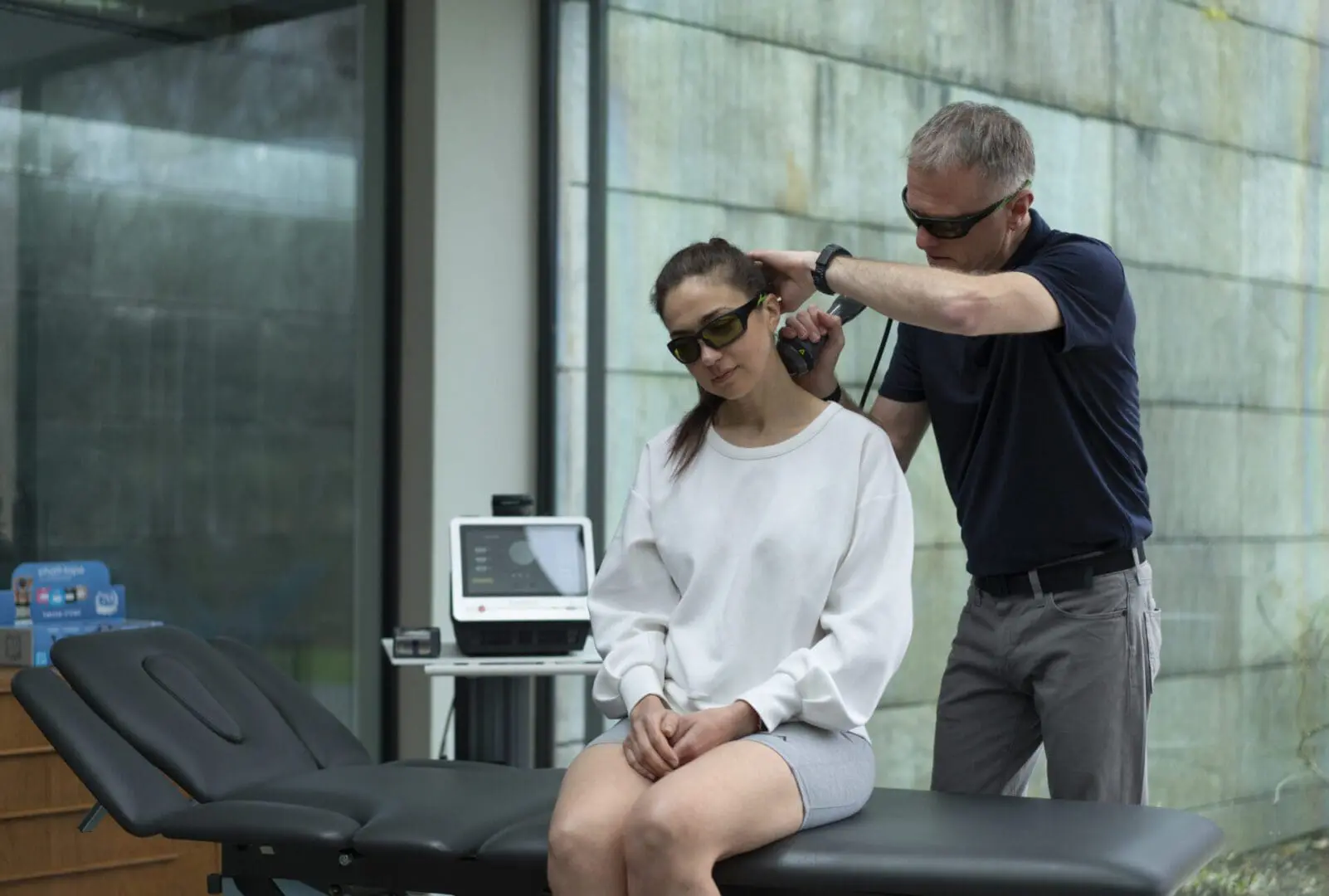The Science Behind Photobiomodulation: How Light Impacts Cells
At first glance, it might seem surprising that light could help the body recover. But photobiomodulation therapy (PBMT) has been shown to do just that—by stimulating the body at the cellular level.
In this article, we’ll take a deep dive into the science behind PBMT: how it works, what it does inside your cells, and why it’s such a powerful treatment for pain and recovery.
Here’s What You Really Need to Know
Photobiomodulation works by delivering red and near-infrared light into body tissues, where it’s absorbed by Cytochrome C Oxidase in the mitochondria. This, in turn, stimulates ATP production, generates nitric oxide production, modulates reactive oxygen species, and triggers the body’s natural cellular repair processes, resulting in faster recovery, and pain relief.
The Cellular Engine: Mitochondria
Mitochondria are often called the “powerhouses” of the cell. These tiny organelles produce adenosine triphosphate (ATP)—the fuel cells use for energy. ATP powers everything from muscle contraction to tissue repair.
When cells are injured, mitochondrial function and ATP production can be impaired. That’s where PBMT makes a difference.

How PBMT Stimulates Cellular Response
When certain wavelengths of light penetrate tissues, it’s absorbed by cytochrome c oxidase (COX) in the mitochondria. This key enzyme is responsible for facilitating the final step in the electron transport chain, where ATP is generated.
Here’s what happens next:
- Increased ATP Production – Cells get more energy to repair.
- Modulation of reactive oxygen species (ROS), which can activate cellular metabolism
- Release of Nitric Oxide (NO) – This improves local blood flow and oxygenation.
- Activation of signaling molecules and growth factors, resulting in cell proliferation and tissue repair.
Key Physiological Effects of PBMT
| Effect | Result |
| ATP increase | Tissue repair pathways activated |
| Nitric oxide release | Better temporary blood flow |
| Anti-inflammatory cytokines | Pain reduction |
Clinical Applications Supported by Research
Photobiomodulation has been extensively studied in areas such as pain management, musculoskeletal injury recovery, and arthritis. According to a systematic review by Hashmi et al. and data compiled by experts in the field, over 700 randomized controlled trials and more than 4,000 peer-reviewed articles have investigated the effects and efficacy of PBMT across a wide range of conditions.
What Makes PBMT Different from Other Therapies?
Unlike heat therapies, medications, or TENS devices, PBMT:
- Addresses the cause of pain at the cellular level
- Has the potential to deliver long-term pain relief
- Is non-pharmacological and non-invasive
- Supports both acute and chronic conditions
It’s a biostimulatory therapy—meaning it enhances the body’s natural cellular repair processes.

LightForce®: Research-Driven Photobiomodulation
LightForce® lasers are engineered with dose control, wavelength precision, and real-time feedback, allowing clinicians to customize treatment based on condition, depth, and size of the injury.
Our Class IV therapy lasers are trusted by:
- Professional sports medicine teams
- Physical therapists, chiropractors, rehab centers, and hospital systems
- Physicians specializing in pain and orthopedics
We’re leading the way in evidence-based photobiomodulation.
Sources:
- Hashmi, J.T., Huang, Y.Y., Osmani, B.Z., Sharma, S.K., Naeser, M.A., & Hamblin, M.R. (2010). Role of low-level laser therapy in neurorehabilitation. PM&R, 2(12 Suppl 2), S292–S305. https://doi.org/10.1016/j.pmrj.2010.10.013
- Hamblin, M.R. (2017). Mechanisms and applications of the anti-inflammatory effects of photobiomodulation. AIMS Biophysics, 4(3), 337–361. https://doi.org/10.3934/biophy.2017.3.337
- Chow, R.T., Johnson, M.I., Lopes-Martins, R.Á.B., & Bjordal, J.M. (2009). Efficacy of low-level laser therapy in the management of neck pain: A systematic review and meta-analysis of randomized placebo or active-treatment controlled trials. The Lancet, 374(9705), 1897–1908. https://doi.org/10.1016/S0140-6736(09)61522-1

Comments